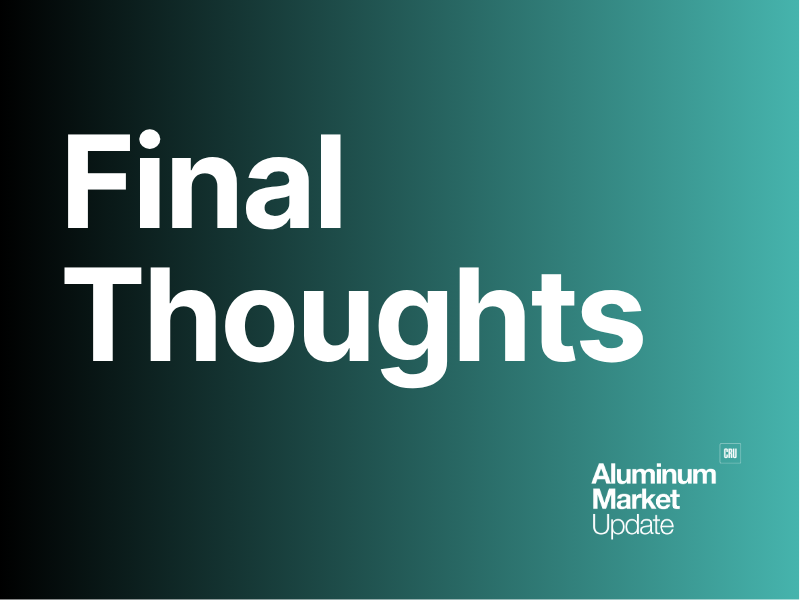Building & Construction

September 2, 2025
Crosscurrents in non-residential construction Part 2: Dodge data
Written by Nicholas Bell
Dodge Construction Network construction starts
For the 12 months ending July 2025, total construction starts were up 4.1% year-over-year, even as non-residential starts were up 4.6%, according to the Dodge Construction Network.
However, for the month of July on a seasonally adjusted annual rate basis, total construction starts were down 10%, including a 30.1% drop in non-residential building starts and a 20.4% increase non-building starts (infrastructure and civil engineering projects).
One is a rolling time frame (“12 months ending”) and the other is a one-month snapshot (“for the month of July”). That means July wasn’t a good month for construction starts, particularly non-residential, counterbalanced by a surge in non-building starts.
The surge in non-building starts was owing to significant month-over-month increases in the utilities sector, while a dearth of starts in the office sector weighed on non-residential starts, coupled with an atypically robust June.
Dodge Chief Economist Eric Gaus noted that “manufacturing (is) struggling, but data centers continue to boom,” a narrative that has been true for most of 2025, bolstering the construction spending figures and backlog data mentioned earlier.
Several large projects broke ground in July, underscoring this divergence.
For non-building
- $3 billion – Empire Wind Offshore Energy Project in New York
- $1.8 billion – The A’s baseball team ballpark in Las Vegas
- $1.6 billion – Boardman to Hemingway Power Transmission Line in Oregon
For non-residential
- $855 million – West Valley Eccles Health Campus in Utah
- $650 million – Mercey Hospital Campus in Missouri
- $550 million – Meta Data Center Campus in Ohio
Even excluding the data center project by Facebook’s owner Meta, the construction spending data release by the U.S. Census Bureau is based on June figures. The Dodge Momentum Index’s highlighted project broke ground in July. So, the concentration of these large undertaking echo the few increases in year-over-year construction spending data.
Amusement and recreation spending was up 4.4% YoY in June in terms of the new ballpark for the recently relocated Oakland/Las Vegas A’s. Construction spending in the “power” category was up +1.5% YoY in June regarding the offshore wind farm off the coasts of New York and New Jersey and the power line project spanning five counties in Oregon.
The inpatient/outpatient care facility outside of St. Louis and the University of Utah’s largest multi-specialty outpatient center outside Salt Lake City will be a boost to construction put in place for the health care (+0.4% YoY in June).
Dodge Momentum Index
Adding another layer, the Dodge Momentum Index (DMI) issued by the Dodge Construction Network grew 20.8% from June.
The DMI tracks the monthly value of non-residential building projects entering the planning pipeline and has shown to lead actual non-residential construction spending by about 12 months.
Commercial planning surged during the month, climbing 14.2%, as did the institutional sector by 24.1%
A bevy of projects valued at over $100 million entered the planning phase in July.
For commercial projects
- $500 million – Fairview Connections Data Center in Pennsylvania
- $500 million – Jabil AI Data Center in North Carolina
- $460 million – Peabody Union Hotel in Tennessee
For institutional projects
- $459 million – ASM Campus R&D lab in Arizona
- $398 million – Novartis R&D lab in California
- $380 million – Public/Private Navy dormitory venture in Virginia
The Dodge releases show two trains moving in different directions. Non-residential starts fell 30.1% in July, with weakness in commercial and institutional categories and a pullback in manufacturing after June’s surge. Yet the DMI spiked 20.8% to a record 280.4, signaling a historically strong planning pipeline.
The disparity underscores while current groundbreakings are slowing, developers and institutions are continuing to commit to projects, particularly in data centers, hospitals, and research facilities, that could support non-residential activity in the year head.
Conclusion
To sum up, the Census Bureau’s June data showed commercial non-residential spending down nearly 10% year-over-year, yet the ABC backlog survey reported commercial and institutional pipelines at the strongest of any sectors, averaging 9.2 months.
Similarly, the ABI remains in contraction at 46.2, but commercial/industrial design work was the least weak of the three subsectors, suggesting that while activity has slumped, the floor may be closer than in institutional or residential work.
At the same time, the sharp drop in manufacturing spending and the weakest backlog in heavy industrial at 5.1 months line up consistently, pointing to a sector still firmly in retreat.
The snapshot of the industry, told across these data sets, continues to write the narrative of a fragmented sector.
Commercial construction is depressed in today’s spending but looks best positioned for recovery. Institutional shows steadier but more uneven signals depending on the measure. Infrastructure remains the stronger driver across backlog and public spending. Heavy industrial continues to represent the deepest weak spot in U.S. building and construction.







